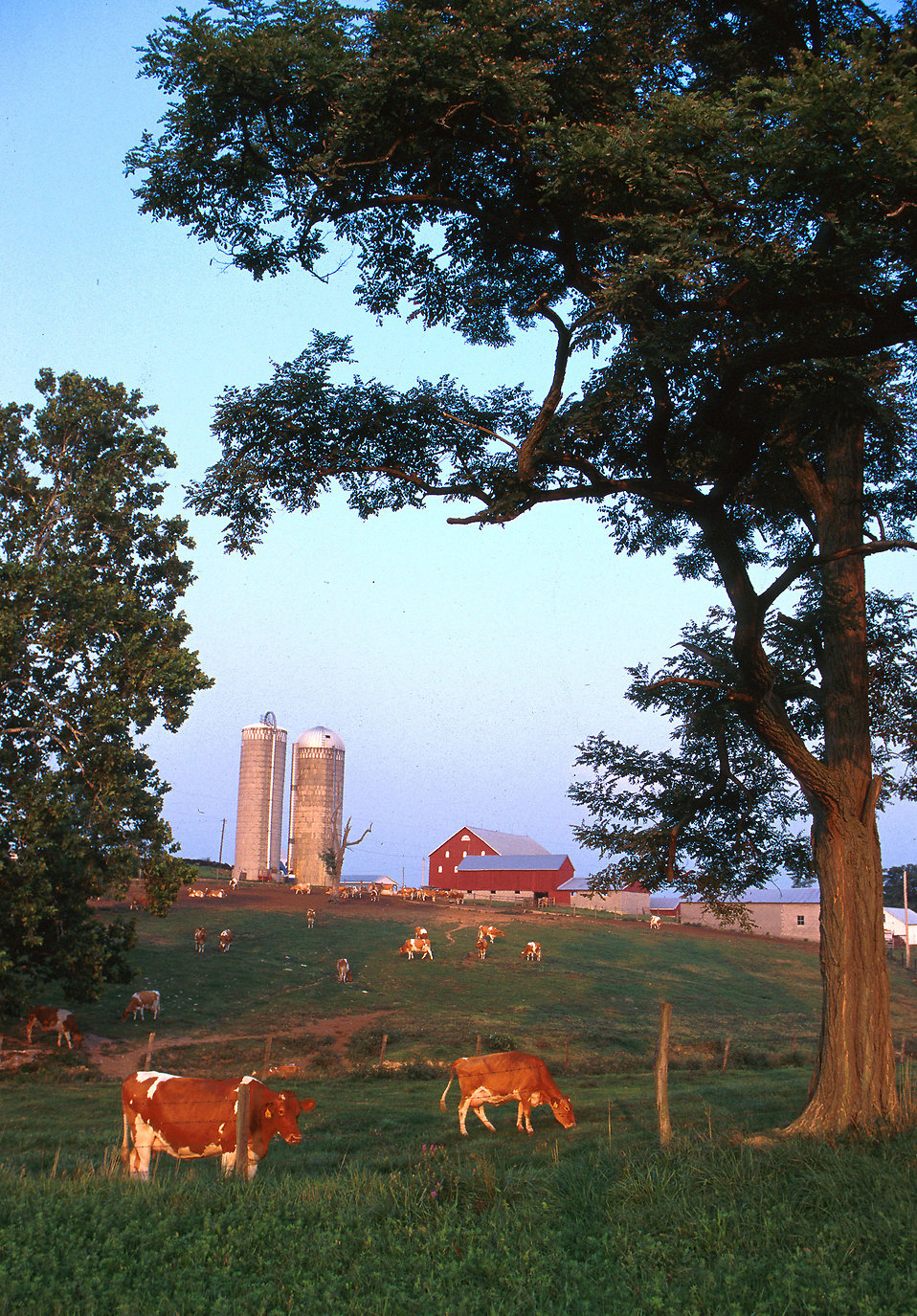
Monday, September 18, 2017 - Research recently released from the University of Florida helped paint a picture of the  long-term impact of heat stress on the dry dairy cow.
long-term impact of heat stress on the dry dairy cow.
The study looked at five years of data, comparing cows during their 46-day dry period that were provided access to shade (heat stressed) to cows provided shade, sprinklers, and fans (cooled). The average summertime temperature was 75 degrees Fahrenheit.
Researchers found the developing heifer calf inside the heat stressed dam was 4.1x more likely to be delivered stillborn, 10 pounds lighter at birth, had a lower weaning weight, and was more likely to be culled because of comprised immunity and deformities.
The study also showed that these situations require more services to become pregnant (2.0 vs. 2.5). A heat-stressed cow would also produce on average 11.2 lbs/head/day less than her cooled counterparts throughout the first 245 days of lactation. In addition to losing the milk production immediately from the heat stressed dam, the dairy is hit with a double whammy because even two years later her heifers produced less milk.
Perhaps the most concerning part of this data is that the researchers suspect a phenomenon called fetal programming is to blame for the decline in performance in the heat-stressed calf. This means the DNA of the calf born from a dam who was heat stressed is permanently changed to be metabolically different from her cooled peers.
Comment: This is another example of the epigenetic effect at work. I am sure this same principle applies to other stresses as well. For example: poor nutrition, especially mineral imbalance during pregnancy, can have equally devastating and long lasting effects on fetal calves. To insure against this problem, check out the many fine mineral programs offered by Advanced Biological Concepts here.
Learn more at this link